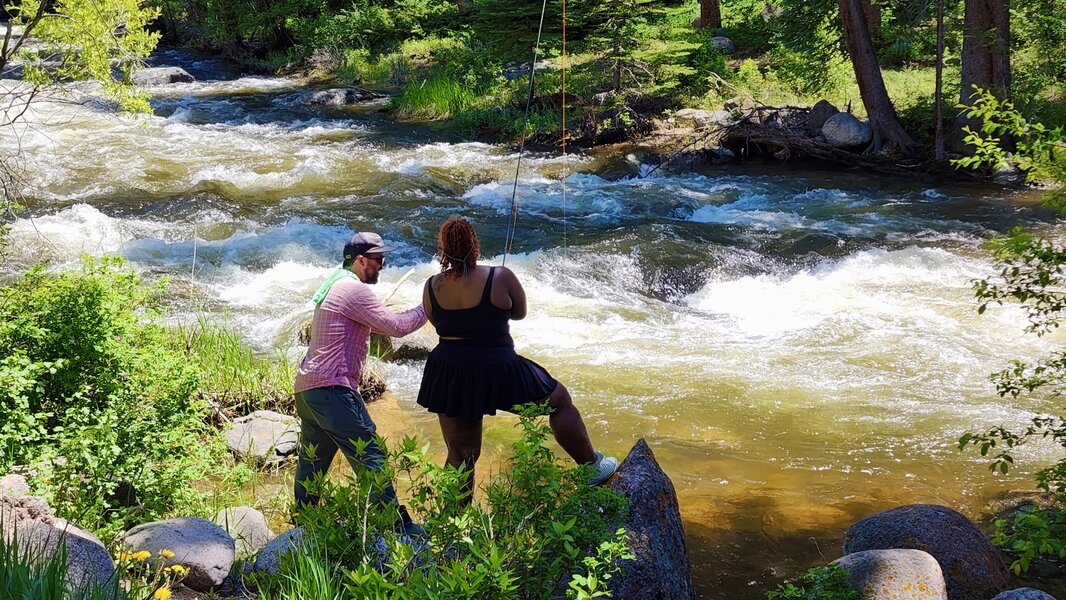Outdoor recreation has long been regarded as a privilege reserved for certain groups, often overlooking the diverse communities that seek to connect with nature. However, there is a growing movement emphasizing that the outdoors belong to all of us, regardless of background or ability.
Historically, access to parks, trails, and natural reserves has been limited by socioeconomic, physical, and social barriers. These obstacles prevent marginalized groups from experiencing the health, recreational, and spiritual benefits that outdoor spaces offer. Recognizing this disparity, advocates and policymakers are working to create more inclusive environments that welcome everyone.
One key approach involves designing outdoor spaces that accommodate people with disabilities. This includes installing accessible pathways, ramps, and adaptive facilities that enable all individuals to enjoy nature comfortably. For example, some parks have introduced sensory-friendly trails and inclusive playgrounds to cater to children with special needs.
Beyond physical accessibility, cultural inclusivity is also vital. Initiatives that promote diverse representation and community engagement help foster a sense of belonging. Events, educational programs, and outreach efforts aim to bridge gaps and encourage participation from underrepresented groups.
Moreover, addressing economic barriers is crucial. Many communities lack nearby affordable outdoor spaces, limiting their opportunities for recreation. Investments in local parks and community-led projects can help ensure equitable access, empowering residents to enjoy the outdoors without financial hardship.
Environmental justice plays a significant role in this movement. Marginalized communities often face higher exposure to environmental hazards and have less access to clean, safe outdoor environments. Advocates emphasize that equitable distribution of green spaces is essential for promoting health and resilience across all populations.
Legal and policy measures are also being implemented to protect and expand outdoor access. Land trusts, conservation programs, and zoning laws can help preserve natural areas and prevent privatization that restricts public use. Community involvement in planning processes ensures that diverse voices are heard and needs are met.
Ultimately, the goal is to foster a culture that values outdoor recreation as a fundamental right. By breaking down barriers and promoting inclusivity, we can ensure that everyone has the opportunity to experience the benefits of nature. The outdoors belong to all of us, and it is our collective responsibility to make them accessible and welcoming for future generations.
